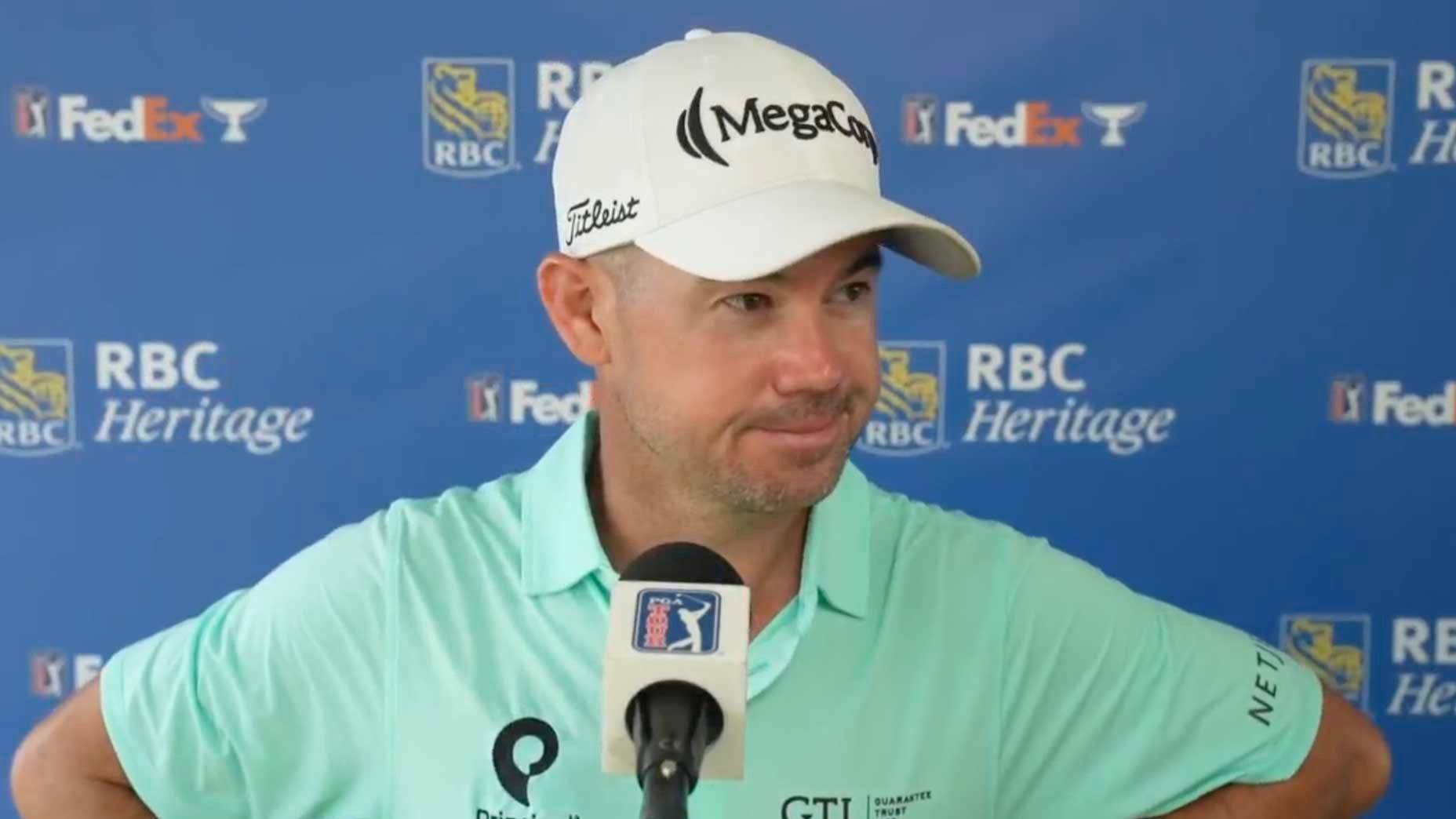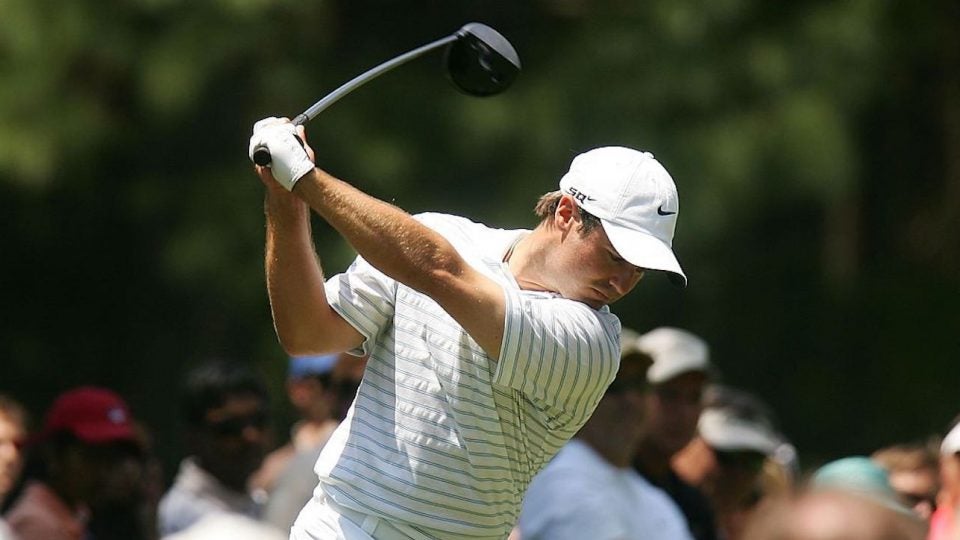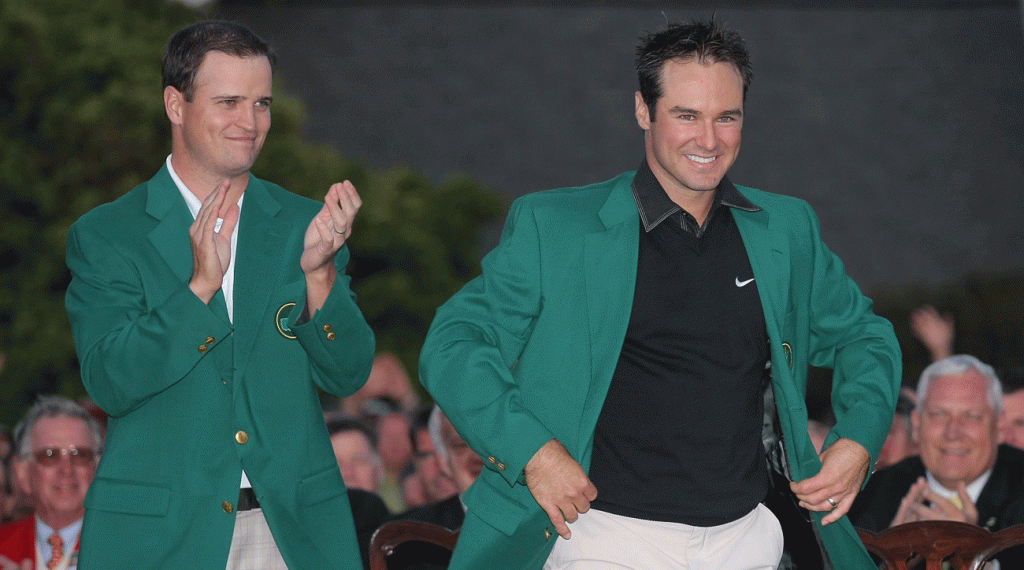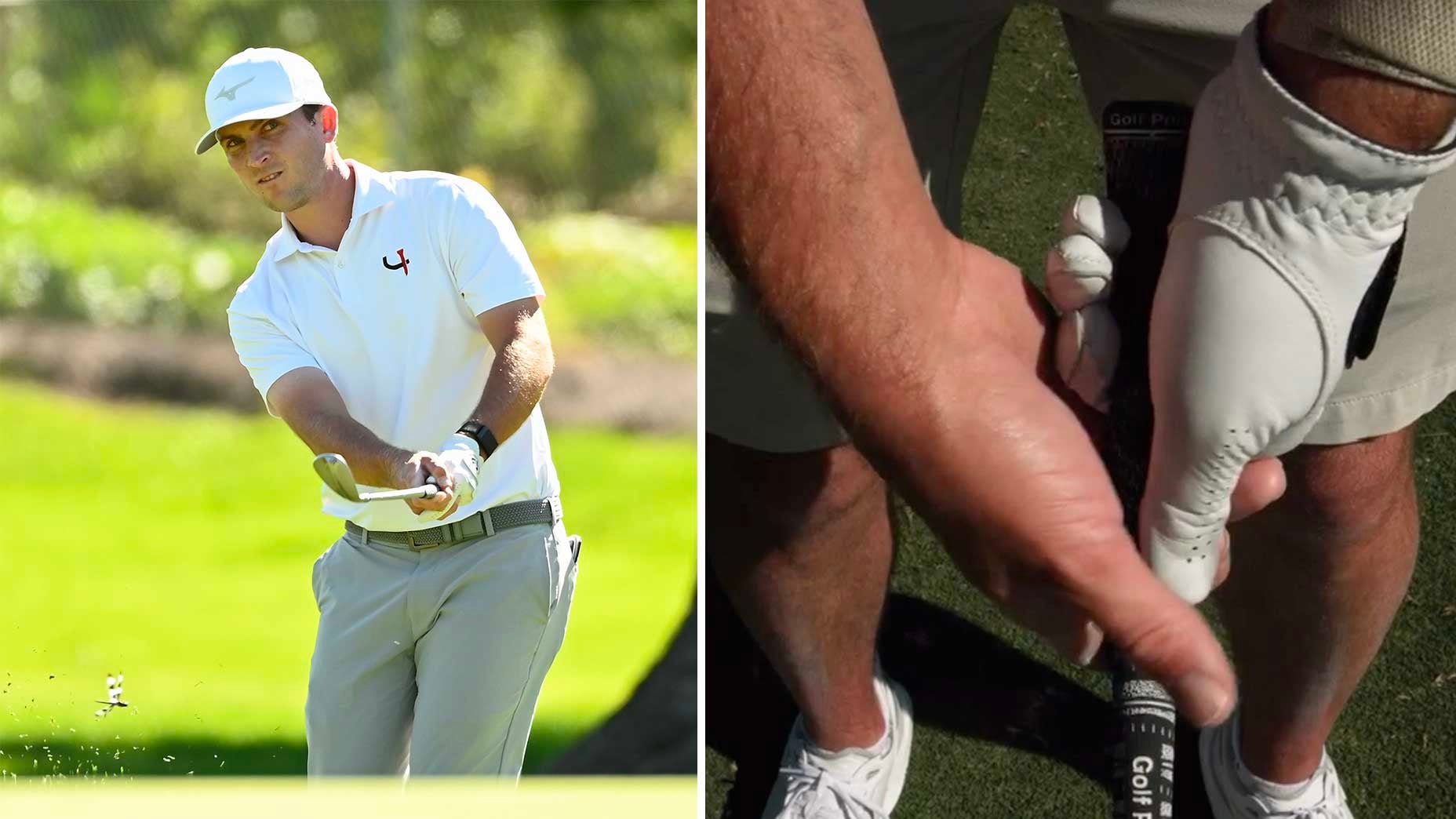 Brian Harman’s spicy 45-second interview delivers hidden lesson
Brian Harman’s spicy 45-second interview delivers hidden lesson
How to dial in the base of your swing arc

You don’t have to hit golf balls to improve your golf swing.
I remember vividly how my brother Trevor Immelman, the 2008 Masters Champion, and I would make practice swings in front of a big window at our family home. We would groove and drill our movements, checking positions, garnering “feels” and galvanizing sound technique without ever striking a golf ball.
Trevor built one of the finest swings in the game that way, and you can do the same.

Taking that practice and sensory work further, you can dial in the base of your swing arc without hitting a golf shot.
First, it is important to understand the importance and value of the location of the base of the arc. I contend that of all of the factors influencing ball-flight it could be the most important.
Consider this: An appropriate clubface to swing path, a powerfully situated clubface loft-wise and the ideal angle of attack; all of these amount to nothing if the club lands in the wrong place in relation to the ball. Indeed, you could severely mishit the shot and get away with it. That’s the value of understanding — and perfecting — the location of the lowest point of the swing arc, and it’s something you can do from home.
ADVERTISEMENT
Improve your ball-striking consistency, enhance compression at contact, understand how to “steer” your clubface & as a result, hit straighter, more consistent #golfshots. Try this simple drill.
— Mark Immelman (@mark_immelman) April 7, 2020
You can practice it at home and improve your ball-striking without hitting a shot! pic.twitter.com/xaNevN60SX
Grooving the base of the Arc
Address an imaginary golf ball, in proper athletic posture with a 7-or-8 iron. Make a few swings back and forth without stopping while trying to “bruise” the ground. Don’t dig! You will begin to see a common area where the club touches down. That is the base of your arc (with your swing in its current form). Use that as a barometer for your ball-position and gravitate to that on pitch shots, medium iron shots, and iron shots you find daunting or difficult. This approach will surely help with ball contact consistency.
Improving the base of the Arc
Use a line (or a tee) as a reference and set it up so that it is at a right angle to your stance line. Address an imaginary golf ball — in this instance the line or the tee between your feet — in proper athletic posture with a 7-or-8 iron. Make a swing and try to bruise the ground. Pay attention to where the club makes contact with the turf in relation to your reference (the tee or the line). If it lands early, or late, some element of your swing — likely its angle of attack — is off kilter. To rectify, be attentive to, and fiddle with, elements such as weight distribution, body and spine angles, body rotation and wrist release. Practice, experiment, discover and, as Hogan would say, “dig it out of the dirt …” When you start to see the club bottom out on the line and ‘toward’ the target your swing’s nature is beginning to line up for the better.
Good luck.
To receive GOLF’s all-new newsletters, subscribe for free here.
ADVERTISEMENT






